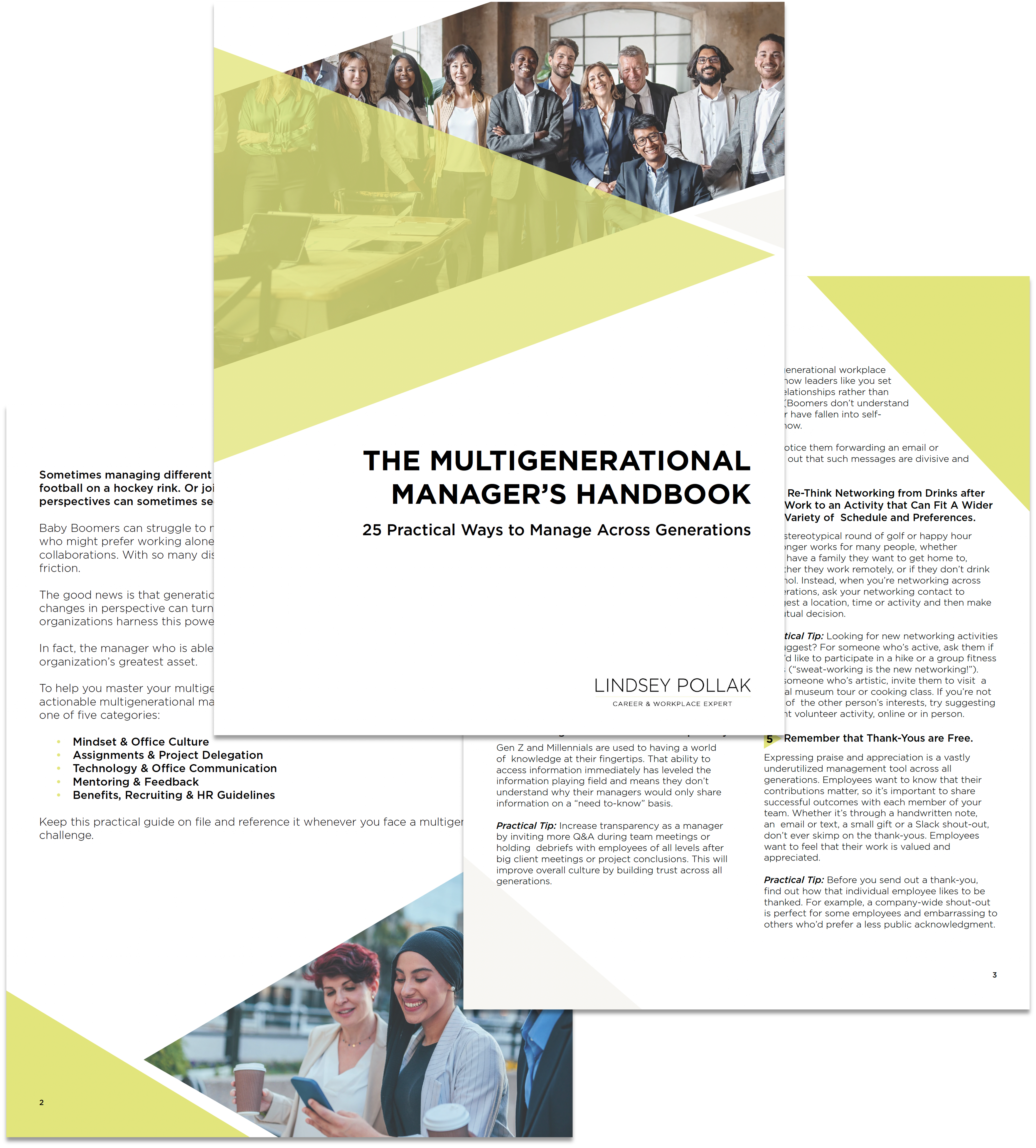It’s been said a zillion times, but it’s true: It’s not just what you say; it’s how you say it. The tone with which you deliver your words, the way you stand and the all-important eye contact connection express information that words cannot. The most successful people I know aren’t just great thinkers or creative wordsmiths – they know the subtleties of demonstrating confidence in their non-verbal communication, commanding the attention of everyone around them.
How can you master this art? Here are three tips to get you started:
1.) When you make a statement, use the right tone.
The biggest error I notice with tone of voice, especially among young professionals, is “upspeak” – ending statements on an upward inflection so they sound like questions. Upspeak makes you sound young and uncertain. Here’s how to spot upspeak.
Read this sentence aloud: “I want to go to see that show.” Someone might respond: “Me, too! Can we go sometime this weekend?”
Now, read this sentence aloud: “I want to go see that show?” Did you read the word “show” and your voice went upward this time? Did it make you wonder if I really wanted to go to the show? That’s upspeak. You’re not sure if I am stating something or asking you a question.
If you notice yourself committing the upspeak slip-up, envision the sentence you want to say with a period at the end to finish it confidently. If you’re really not sure you want to make a statement, re-frame your thought into a true question instead.
2.) Find your power stance.
Your posture is part of your communication arsenal and can signal to other people how you’re feeling or thinking. If you are standing, a good power stance looks like: feet shoulder-width apart, hands at your sides, shoulders back and head up. If you are sitting, it looks like: feet firmly on the ground, straight back and head up.
In either case, keeping your back straight back and shoulders broad will also help you project your voice so that others can hear you. Of course, stay a little loose in these postures to avoid looking robotic. Avoid crossed arms (defensive), hunched shoulders (weak) and slouching (tired or bored).
3.) Make successful eye contact.
Eye contact is an essential piece of the non-verbal puzzle as it’s something that establishes a direct connection between you and your audience. It’s especially critical when you first greet someone, but it’s important to make regular eye contact throughout a conversation. Studies show that holding eye contact anywhere between three to five seconds at a time is the right amount to make without turning the conversation into a creepy stare down.
If this is difficult for you, try these two tips: either switch back and forth between looking into one eye and other or look between the eyebrows of the other person instead. Either of these options will still create the eye contact connection.
What do you think makes for effective non-verbal communication? Please share in the comments!
Image credit: iStockPhoto

